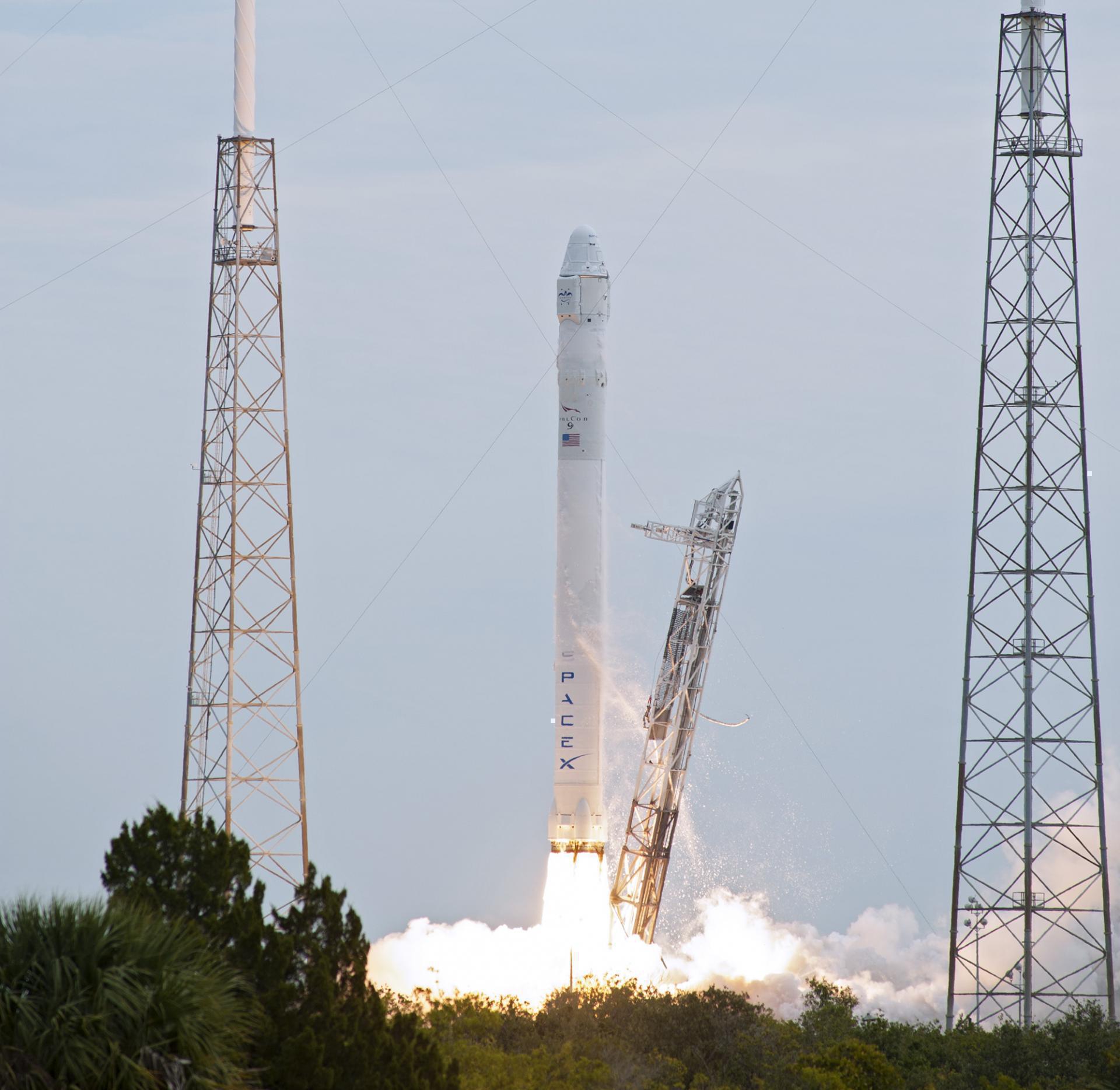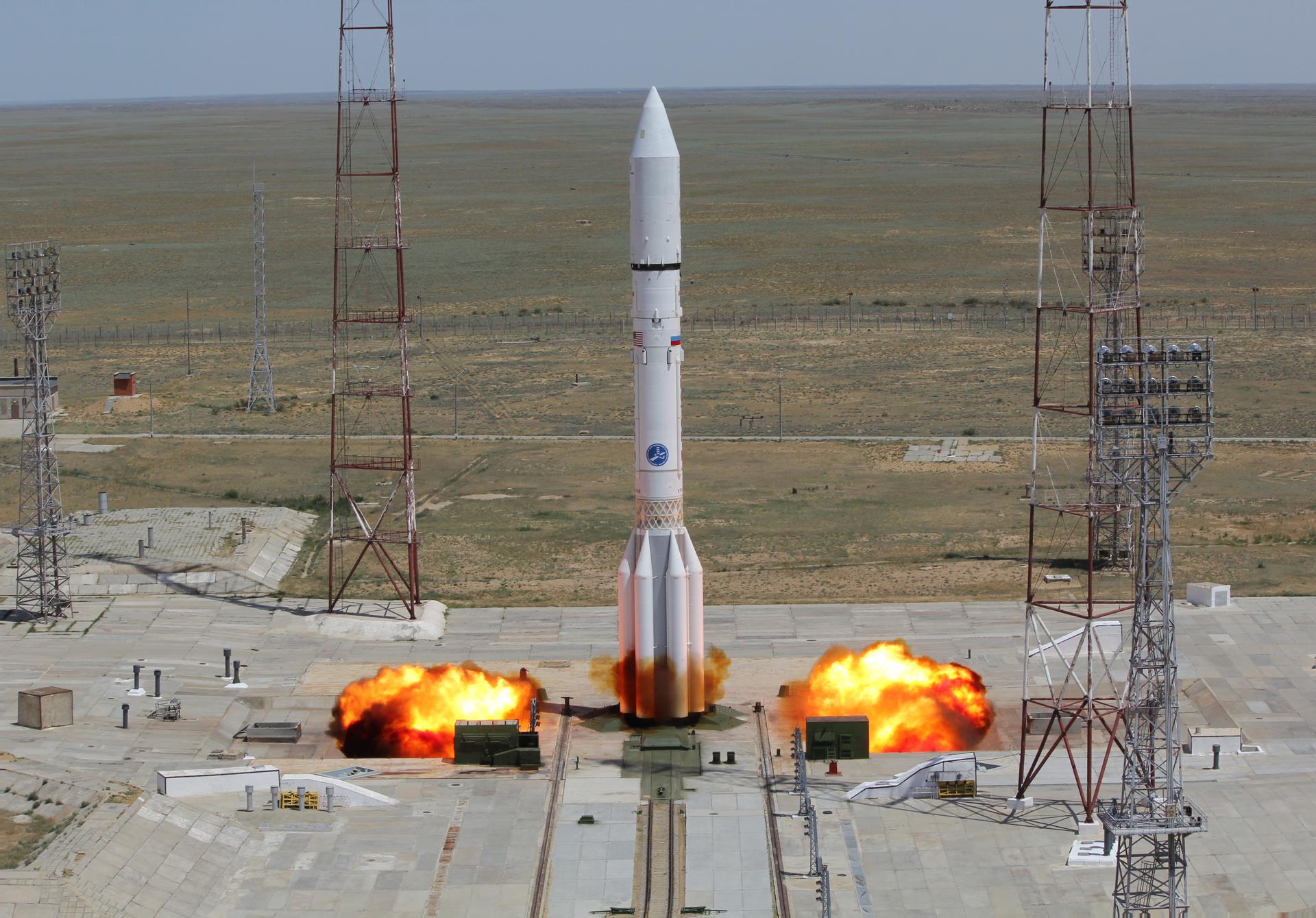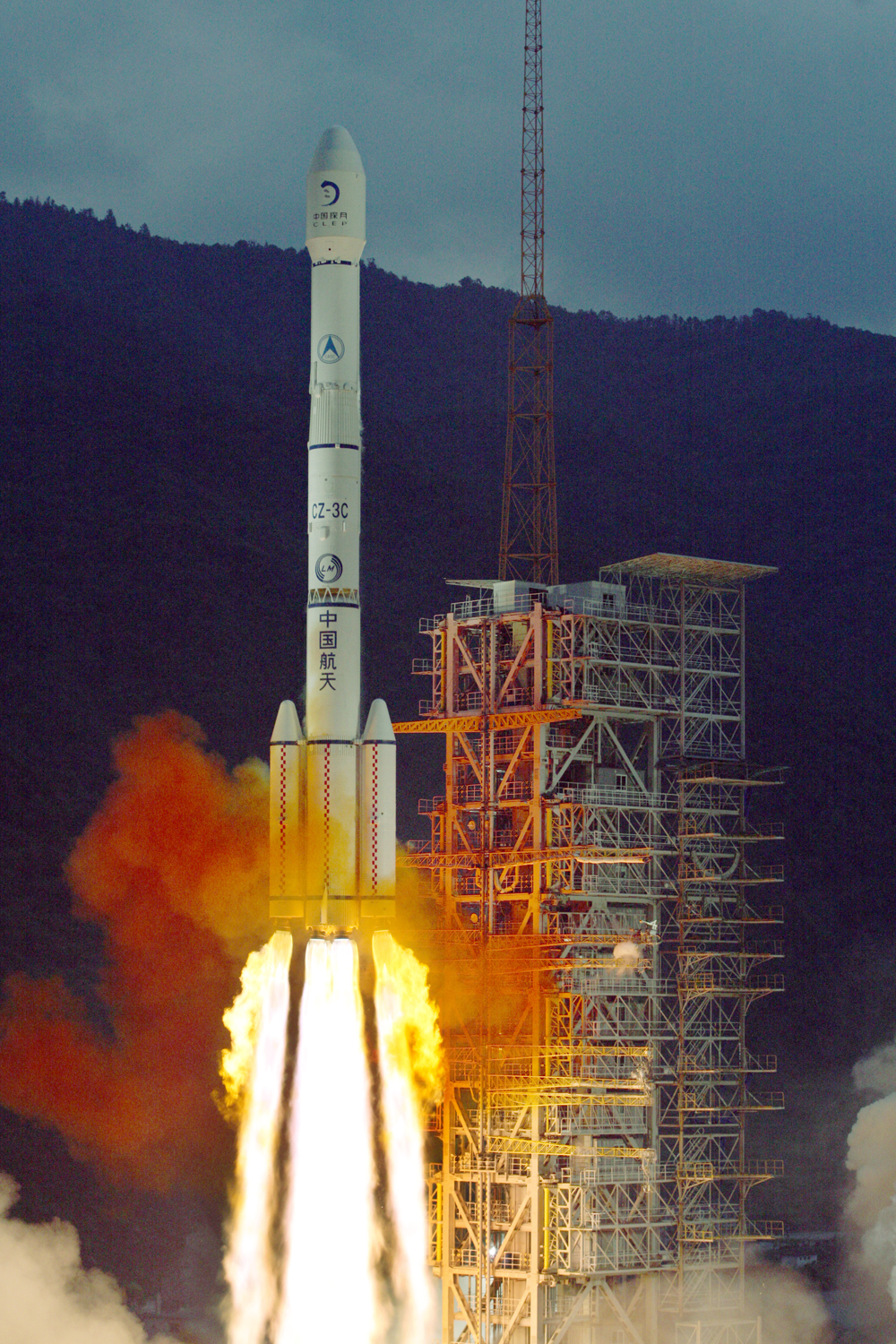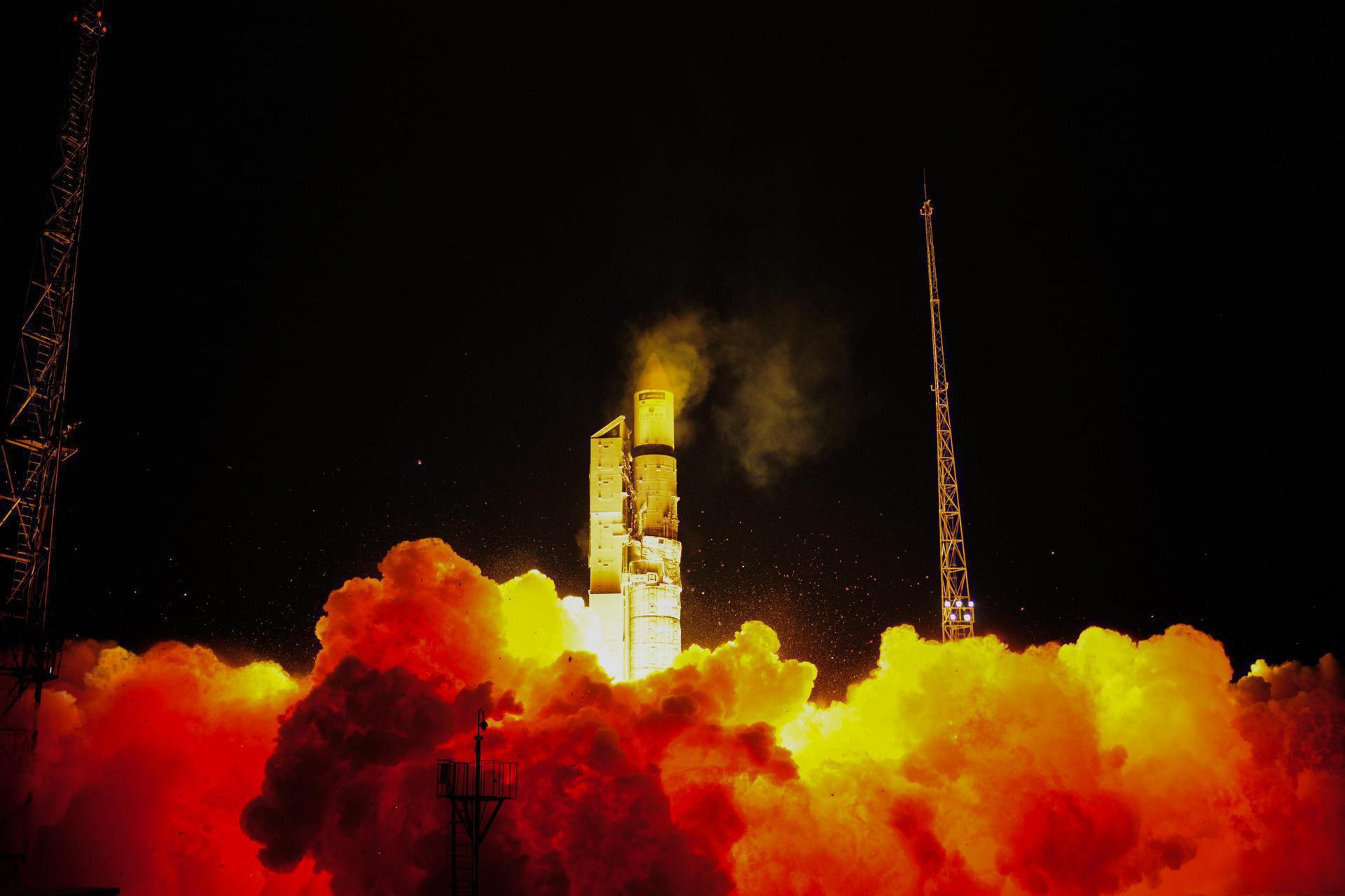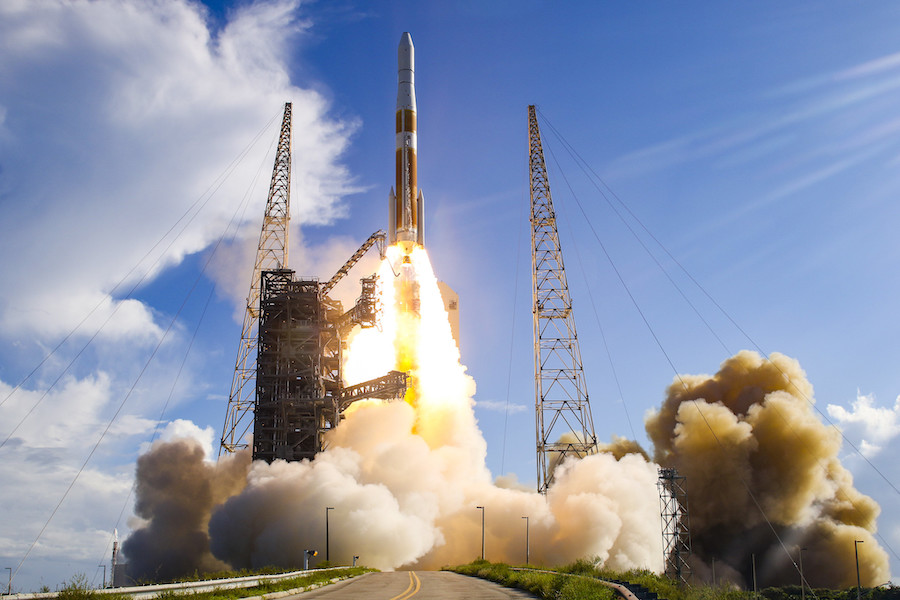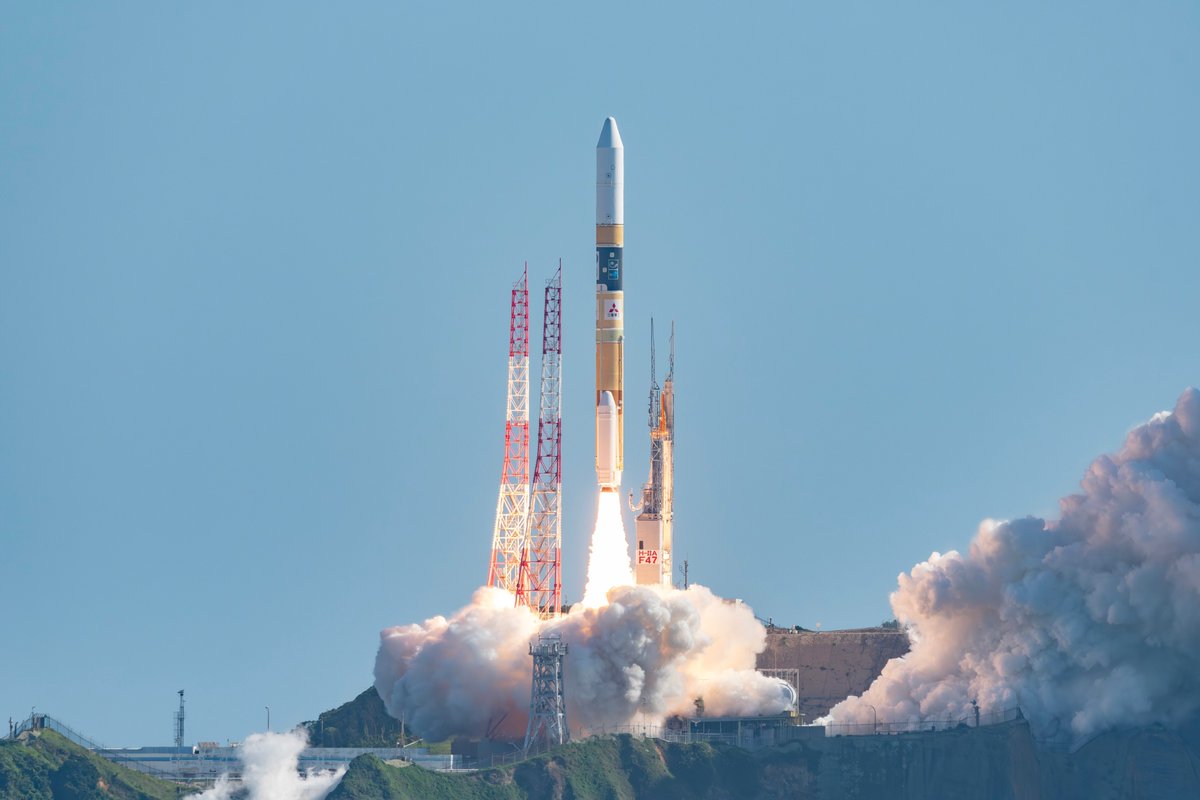Previous Spaceflight Launches
Filter by Agency, Locations or Vehicles
Show All LaunchesNaro-1 | STSAT-2B
Korea Aerospace Research Institute | South KoreaNaro Space Center, South Korea
June 10, 2010, 8:01 a.m.
Falcon 9 v1.0 | Dragon Spacecraft Qualification Unit (DSQU)
SpaceX | United States of AmericaCape Canaveral SFS, FL, USA
June 4, 2010, 6:45 p.m.
Status: Launch Successful
Mission:
The Dragon Spacecraft Qualification Unit was a boilerplate version of the Dragon spacecraft. After using it for ground tests to rate Dragon's shape and mass in various tests, SpaceX launched it into low Earth orbit on the maiden flight of the Falcon 9 rocket. SpaceX used the launch to evaluate the aerodynamic conditions on the spacecraft and performance of the carrier rocket in a real-world launch scenario, ahead of Dragon flights for NASA under the Commercial Orbital Transportation Services program.
Low Earth Orbit B0003 - Maiden Flight Atlantic OceanProton-M / Briz-M Enhanced | Badr-5 (Arabsat 5B)
Khrunichev State Research and Production Space Center | RussiaBaikonur Cosmodrome, Republic of Kazakhstan
June 3, 2010, 10 p.m.
Long March 3C | Compass-G3
China Aerospace Science and Technology Corporation | ChinaXichang Satellite Launch Center, People's Republic of China
June 2, 2010, 3:53 p.m.
Rokot / Briz-KM | SERVIS-2
Russian Aerospace Defence Forces | RussiaPlesetsk Cosmodrome, Russian Federation
June 2, 2010, 1:59 a.m.
Delta IV M+(4,2) | GPS IIF SV-1 (USA-213)
United Launch Alliance | United States of AmericaCape Canaveral SFS, FL, USA
May 28, 2010, 3 a.m.
Ariane 5 ECA | Astra 3B & COMSATBw-2
ArianeGroup | FranceGuiana Space Centre, French Guiana
May 21, 2010, 10:01 p.m.
Status: Launch Successful
Mission:
Astra 3B is one of the Astra satellites operated by SES to provide digital television & radio for direct to home communications for Europe and the Middle East, operating at 23.5 degrees East. COMSATBw 1 is a satellite providing German military communications for voice and fax as well as advanced data, video and multimedia.
Geostationary Transfer OrbitH-IIA 202 | Akatsuki (Planet-C)
Mitsubishi Heavy Industries | JapanTanegashima Space Center, Japan
May 20, 2010, 9:58 p.m.
Status: Launch Successful
Mission:
Planet-C or VCO (Venus Climate Orbiter, renamed Akatsuki after launch) is a Japanese Space Agency (JAXA) mission to study the dynamics of the atmosphere of Venus from orbit, particularly the upper atmosphere super-rotation and the three-dimensional motion in the lower part of the atmosphere, using multi-wavelength imaging. It will also measure atmospheric temperatures and look for evidence of volcanic activity and lightning. The scientific payload consists primarily of cameras in the near-infrared range. The Planet-C main bus is a 1.6 m × 1.6 m × 1.25 m box with two solar array paddles, each with an area of 1.4 square meters, on opposite (+y and -y) sides and a 1.6 m high gain antenna on the +x side. On the opposite side (-x) from the antenna is a 0.45 m long orbital maneuvering engine. The total launch mass of the spacecraft will be 640 kg, including 320 kg of propellants and 34 kg of scientific instruments. The spacecraft was to go into a near equatorial Venus orbit with an apoapsis of about 60,000 to 80,000 km and a very low periapsis. On 7 December 2010, Akatsuki failed to enter orbit around Venus due to a malfunction in the propulsion system. An unexpected pressure drop in the spacecraft's fuel line, or possibly damage to the probe's engine nozzle, are the likely causes. JAXA plans to manoeuvre the probe to try it again five years later. Tests of the engine in September 2011 resulted in low thrust. The back-up option is to use the RCS for orbit insertion. To enable this, the oxidizer needs to be dumped to reduce the weight of the probe. This will result in a less than optimal orbit. On 7 December 2015, another attempt to enter orbit was successful, this time using the RCS thrusters. It entered a 400 km × ~440000 km orbit of ~3° inclination with an orbital period of 13 days and 14 hours. Also on board is IKAROS (Interplanetary Kite-craft Accelerated by Radiation Of the Sun), a experimental a solar sail. It is the world's first solar powered sail craft employing both photon propulsion and thin film solar power generation during its interplanetary cruise. After separation from the carrier rocket, it spun at up to 20 rpm, deploying the membrane and generating solar power by means of thin film solar cells (minimum success level) within several weeks. Acceleration and navigation using the solar sail will then be demonstrated (full success level) within half a year. The shape of the membrane is square, with a diagonal distance of 20m. It is made of polyimide a mere 0.0075 mm thick. In addition to the thin film solar cells, the steering devices and dust-counter sensors are fitted to the membrane. The membrane is deployed, and kept flat, by its spinning motion. Four masses are attached to the four tips of the membrane in order to facilitate deployment. Deployment is in two stages. During the first stage, the membrane is deployed statically, and during the second stage, dynamically. This deployment method can be realized with simpler and lighter mechanisms than conventional mast or boom types as it does not require rigid structural elements. After successfully unfolding the solar sail IKAROS deployed two tiny subsatellites called DCAM 1 and 2 to photograph the deployed sail.
Heliocentric N/ASpace Shuttle Atlantis / OV-104 | STS-132
National Aeronautics and Space Administration | United States of AmericaKennedy Space Center, FL, USA
May 14, 2010, 6:20 p.m.
Status: Launch Successful
Mission:
STS-132 was the second to last flight of Atlantis and an ISS assembly flight with the primary payload being the Russian Rassvet Mini-Research Module. The flight also carried the Integrated Cargo Carrier-Vertical Light Deployable (ICC-VLD). The mission began on May 14th 2010 at 1820 UTC launching Commander Kenneth Ham, Pilot Domonic A. Antonelli, Mission Specialist 1 Garrett Reisman, Mission Specialist 2 Michael T. Good, Mission Specialist 3 Stephen G. Bowen & Mission Specialist 4 Piers Sellers to orbit. They docked with the ISS 2 days after launch. During the mission 3 spacewalks were conducted to install a spare space to ground Ku band antenna and to conduct general maintenence on the ISS. The mission concluded after 11 days & 18 hours on May 26th 2010 at 1249:18 UTC.
Low Earth OrbitSoyuz-U | Progress M-05M (37P)
Russian Federal Space Agency (ROSCOSMOS) | RussiaBaikonur Cosmodrome, Republic of Kazakhstan
April 28, 2010, 5:15 p.m.

